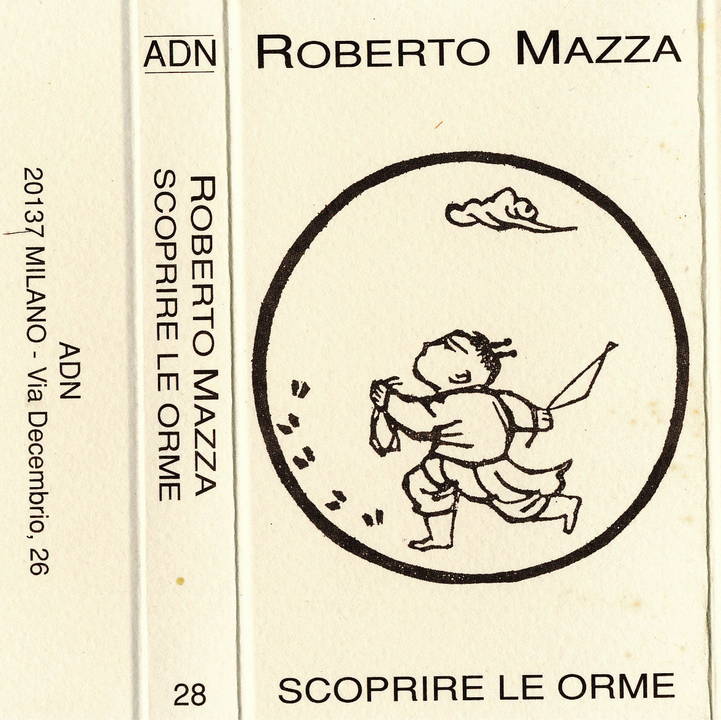In the spirit of the season, I wanted to share some of my favorite releases of the year. Obviously not exhaustive; just some personal highlights. Let me know if links are broken. Happy holidays!
Previously: 2015
 |
buy |
|
 |
buy / download |
|
 |
buy |
|
 |
buy |
|
 |
download |
|
 |
buy / download |
|
 |
buy / download |
|
 |
buy / download |
|
 |
buy / download |
|
 |
buy / download |
|
 |
download |
|
 |
buy / download |
|
 |
buy |
|
 |
buy / download |
|
 |
download |
|
 |
buy |
|
 |
download |
|
 |
download |
|
 |
download |
|
 |
buy / download |








